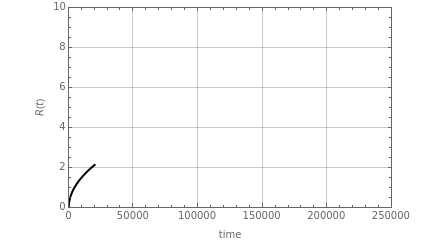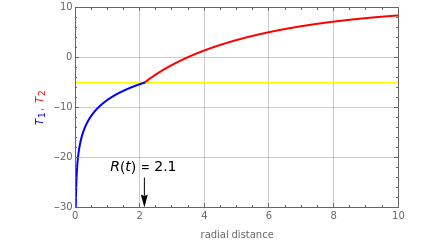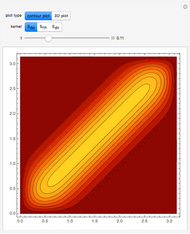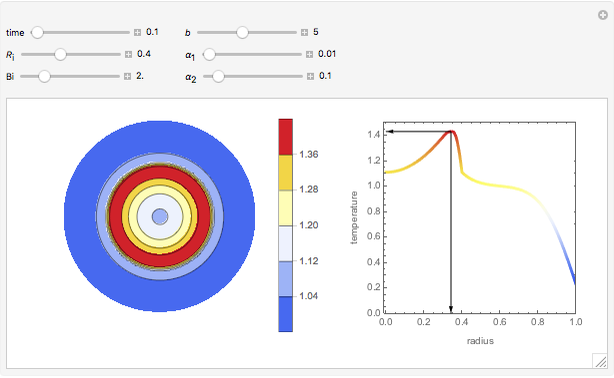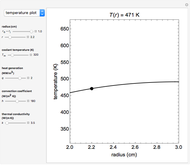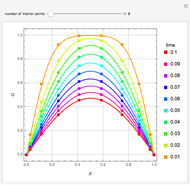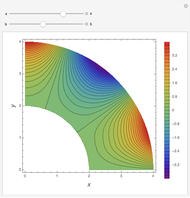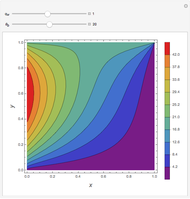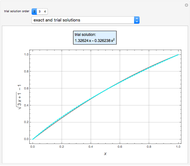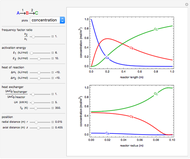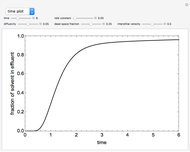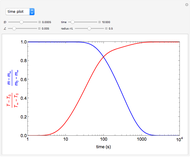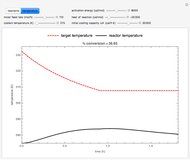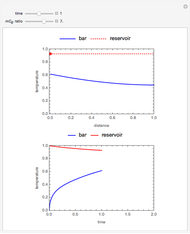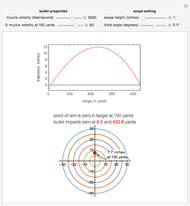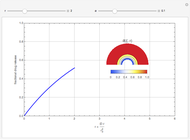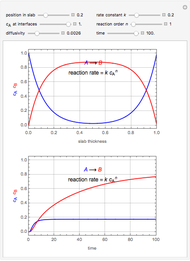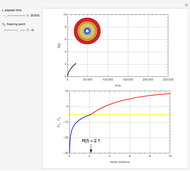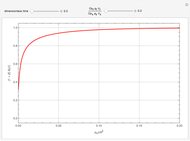Freezing of Water around a Heat Sink
Initializing live version

Requires a Wolfram Notebook System
Interact on desktop, mobile and cloud with the free Wolfram Player or other Wolfram Language products.
This Demonstration considers water freezing around a line source in an infinite medium. It shows the movement of the ice–water interface and the temperatures of the water and the ice.
[more]
Contributed by: Clay Gruesbeck (September 2016)
Open content licensed under CC BY-NC-SA
Snapshots
Details
Reference
[1] H. S. Carslaw and J. C. Jaeger, Conduction of Heat in Solids, 2nd ed., Oxford: Clarendon Press, 1959.
Permanent Citation
